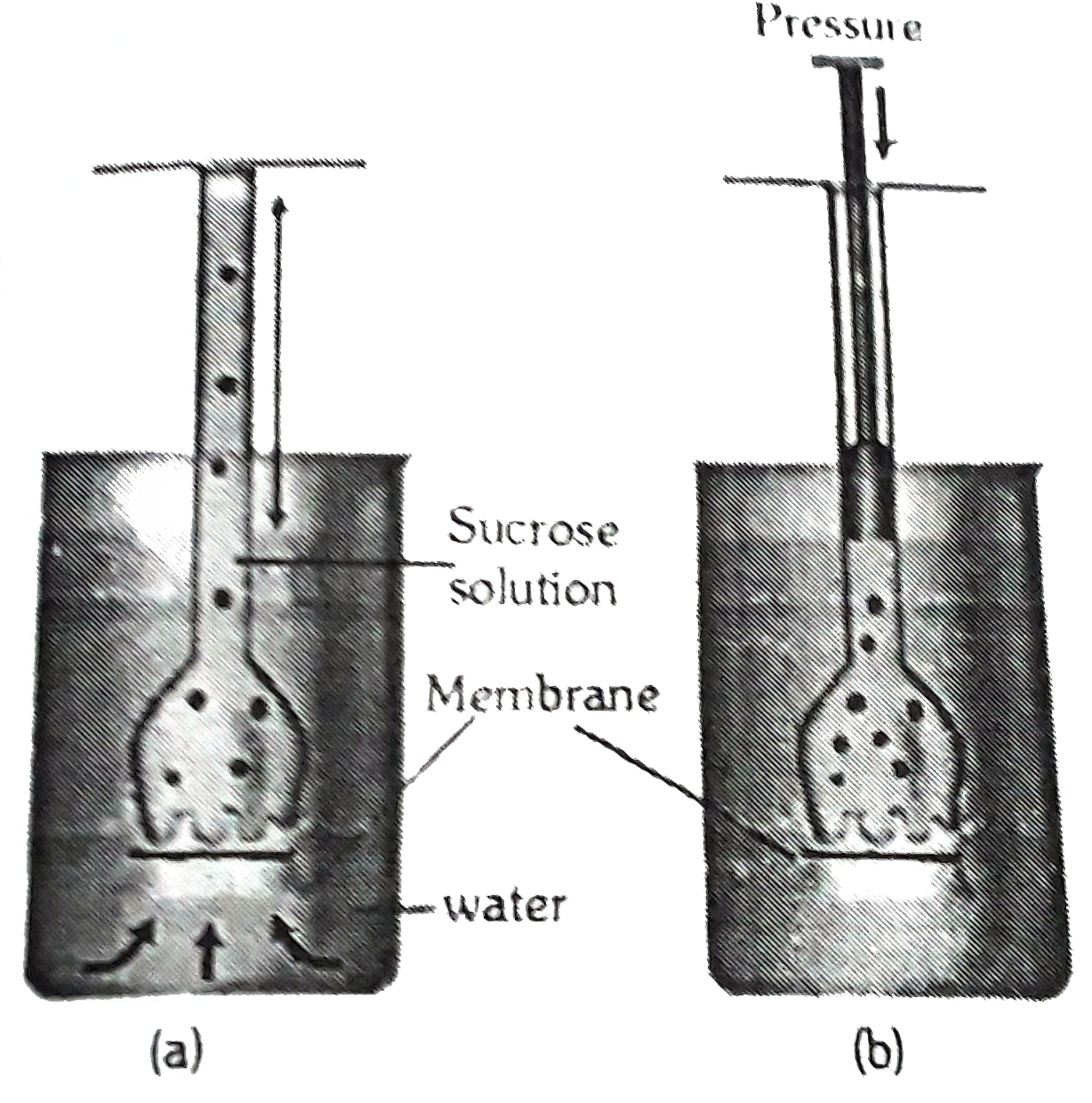Explain flow from source to sink.Solution in Gujrati
Source : Where plant makes food (leaf).
Sink : Where food is stored in plants (Root, stem).
Food, primarily sucrose is transported by the vascular tissue phloem from a source to a sink.
Usually the source is understood to be that part of the plant which synthesises the food, i.e., the leaf, and sink, the part that needs or stores the food.
But, the source and sink may be reversed depending on the season, or the plant.s needs.
Sugar stored in roots may be mobilised to become a source of food in the early spring.
When the buds of trees, act as sink,
They need energy for growth and development of the photosynthetic apparatus.
Since the source-sink relationship is variable.
The movement is always from downwards to upwards unidirectional.
Unidirectional : So the direction of movement can be upwards, upwards or downwards or bi-directional.
Bi-directional : Food in phloem sap can be transported in any required direction so as long as there is a source of sugar and a sink able to use, store or remove the sugar. Phloem sap is mainly water and sucrose, but other sugars, hormones and amino acids are also transported or translocated through phloems.
Topper's Solved these Questions
- BOOK - KUMAR PRAKASHANCHAPTER - TRANSPORT IN PLANTS EXERCISE - Section-B Difference/Scientific Reasons6videos
TRANSPORT IN PLANTS
- BOOK - KUMAR PRAKASHANCHAPTER - TRANSPORT IN PLANTS EXERCISE - Section-C Definition/Explanation-terms/Location-Function25videos
TRANSPORT IN PLANTS
- BOOK - KUMAR PRAKASHANCHAPTER - THE LIVING WORLDEXERCISE - OBJECTIVE SECTION (FILL IN BLANKS)9videos
THE LIVING WORLD
Similar Questions

Study the given figure carefully and select the true and false statement(s) in this demonstration.
(a) Numerically this external pressure in figure (b) is equivalent to the osmotic potential of a solution, but the sign is opposite.
(b) Osmotic pressure is due to the solute concentration.03:15View SolutionDefine : Diffusion.
03:31View SolutionA .......... is a collection of pressed, dried and preserved plants mounted on ……..
05:15View SolutionAssertion : Trasnlocation of suger from source to sink is defined as pressure flow hypothesis. Reason : Translocations of the solutes is facilitated through living phloem sieve tube cells
02:02View SolutionAn engine is working . It takes 100 calories of heat from source and leaves 80 calories of heat to sink . If the temperature of source is 127∘ C, then temperature of sink is
02:45View Solutionएक उत्क्रमणीय इंजन ऊष्मा स्रोत्र से 746 जूल ऊष्मा अवशोषित करता है तथा सिंक पर 546 जूल ऊष्मा निष्कासित करता है | यदि स्रोत्र व सिंक के तापो में अंतर 100∘C है तो ज्ञात कीजिये -
स्रोत्र व सिंक के ताप02:49View SolutionFood is transported by the vascular tissue phloem from a source to a sink. The source and sink may be reversed depending on the
01:53View SolutionIn plants, most diffusible sugar from source to sink is
02:40View SolutionExplain: The relation of source and sink is variable.
01:00:51View Solutionসোর্স(source) ও সিংক কোশ(sink) কী?
01:01:39View SolutionCan a Carnot engine work if its sink and source are interchanged? Explain.
02:29View Solutionuptake and transport OF mineral nutrients ,uptake OF mineral ions ,translocation OF mineral ions.phloem transport: flow from source ton sink ; pressure flow / mass flow hypothesis
02:00View SolutionTransport in plants || Factors Affecting Transpiration || Uptake and Transport OF Mineral Nutrients || Uptake OF Mineral Ions || Translocation OF Mineral Ions || Phloem Transport Flow from Source to Sink || Mass Flow/Pressure Flow Hypothesis
View SolutionWater transport from roots to leaves is explained by
(a) the pressure flow theory
(b) differences in source and sink solute concentrations
(c) the pumping force of xylem vessels
(d) the cohesion-tension theory01:45View SolutionFood is transported by the vascular tissue phloem from a source to a sink. The source and sink may be reversed depending on the
02:52View Solution

